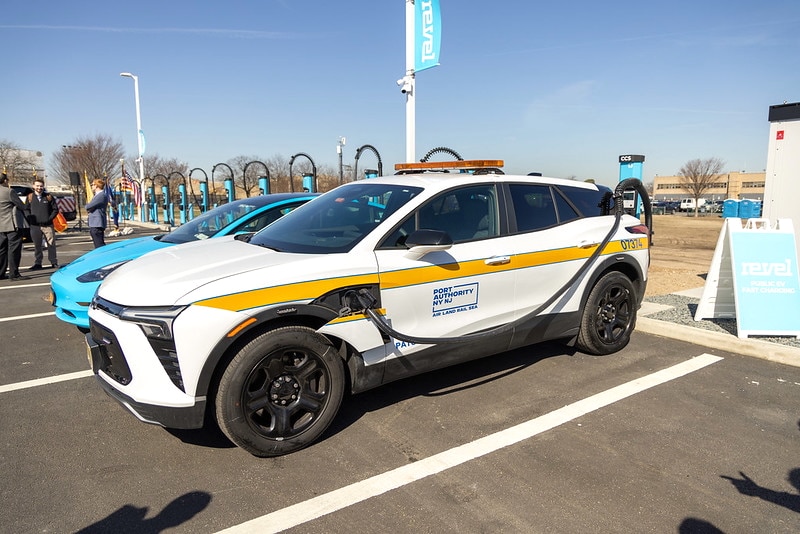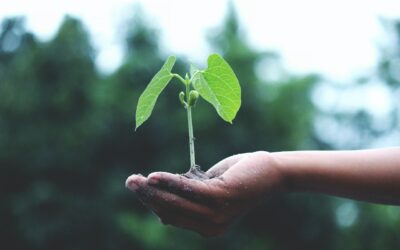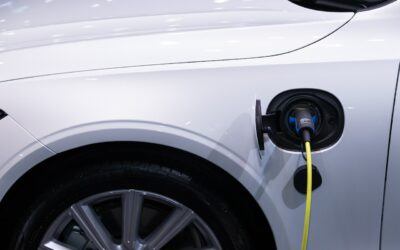This post was originally published on Eco Watch
The state of New York is adding $30 million into its Drive Clean Rebate Program, an initiative that provides rebates for the purchase of 60 different electric vehicles. As part of the announcement, the state will also be expanding the existing Charge Ready NY 2.0 program, which provides incentives for installing EV chargers to making charging more accessible.
“Along with increased savings, we are building out the infrastructure needed to provide hard-working New Yorkers convenient access to charging, helping to reduce range anxiety and make it easier to drive electric,” New York Governor Kathy Hochul said in a statement. “These investments are key to building a cleaner future, lowering emissions and creating good-paying jobs.”
New Yorkers, it’s more affordable to drive electric. @governor.ny.gov has announced an additional $30 million is now available to lease or purchase an electric vehicle in NYS. Learn more and find all the links you need to get your planning started: www.nyserda.ny.gov/All-Programs…
— New York State Energy Research and Development Authority (@nyserda.bsky.social) April 18, 2025 at 12:30 PM
As part of the Drive Clean Rebate Program, consumers can earn a point-of-sale rebate of $500 to $2,000 for EV purchases. EVs with an manufacturer’s suggested retail price (MSRP) of higher than $42,000 or a range of less than 40 miles can earn a $500 rebate. EVs with a range of 40 to 199 miles qualify for a $1,000 rebate, and EVs with a range of more than 200 miles qualify for the highest rebate of $2,000.
The Charge Ready NY 2.0 program will see an increase from a $2,000 rebate per charging port installation to $3,000 per charging port. Charging infrastructure installed in disadvantaged communities are eligible for another $1,000 per charging port, and there may be additional incentives for other infrastructure and design choices that further promote the use of EVs. Because the program is designed to make EV charging more accessible to the public, it limits rebates for chargers assigned to individual drivers or designated for fleet vehicles to $1,000 each.
According to New York State Energy Research and Development Authority (NYSERDA), the state is allocating another $3 million for locations that offer free EV charging, host “ride and drive” community events or purchase or lease electric vehicles.
The Port Authority of New York & New Jersey and Revel opened an EV charging station with 24 chargers at John F. Kennedy International Airport on March 19, 2025. The Port Authority of New York and New Jersey
“Converting to EVs reduces the total cost of vehicle ownership through lower fuel and vehicle maintenance costs and NYSERDA is proud to help provide New Yorkers with more purchasing power through these rebates,” Doreen Harris, president and CEO of NYSERDA, said in a statement. “And by supporting organizations seeking to install charging stations at their place of business, the State is ensuring that more new and existing drivers have a variety of options to power up their vehicle at easy-to-access locations for longer periods of time.”
So far, the Drive Clean Rebate Program has given consumers more than 190,000 rebates since 2017, and Charge Ready NY 2.0 has helped property owners install more than 1,000 Level 2 chargers in the past year.
In total, New York has more than 280,000 EVs on the roads and more than 17,000 public chargers. The state ranks No. 2 in the country for most public chargers, behind California.
The post New York State Adds $30 Million to Drive Clean Rebate Program for EVs appeared first on EcoWatch.





0 Comments